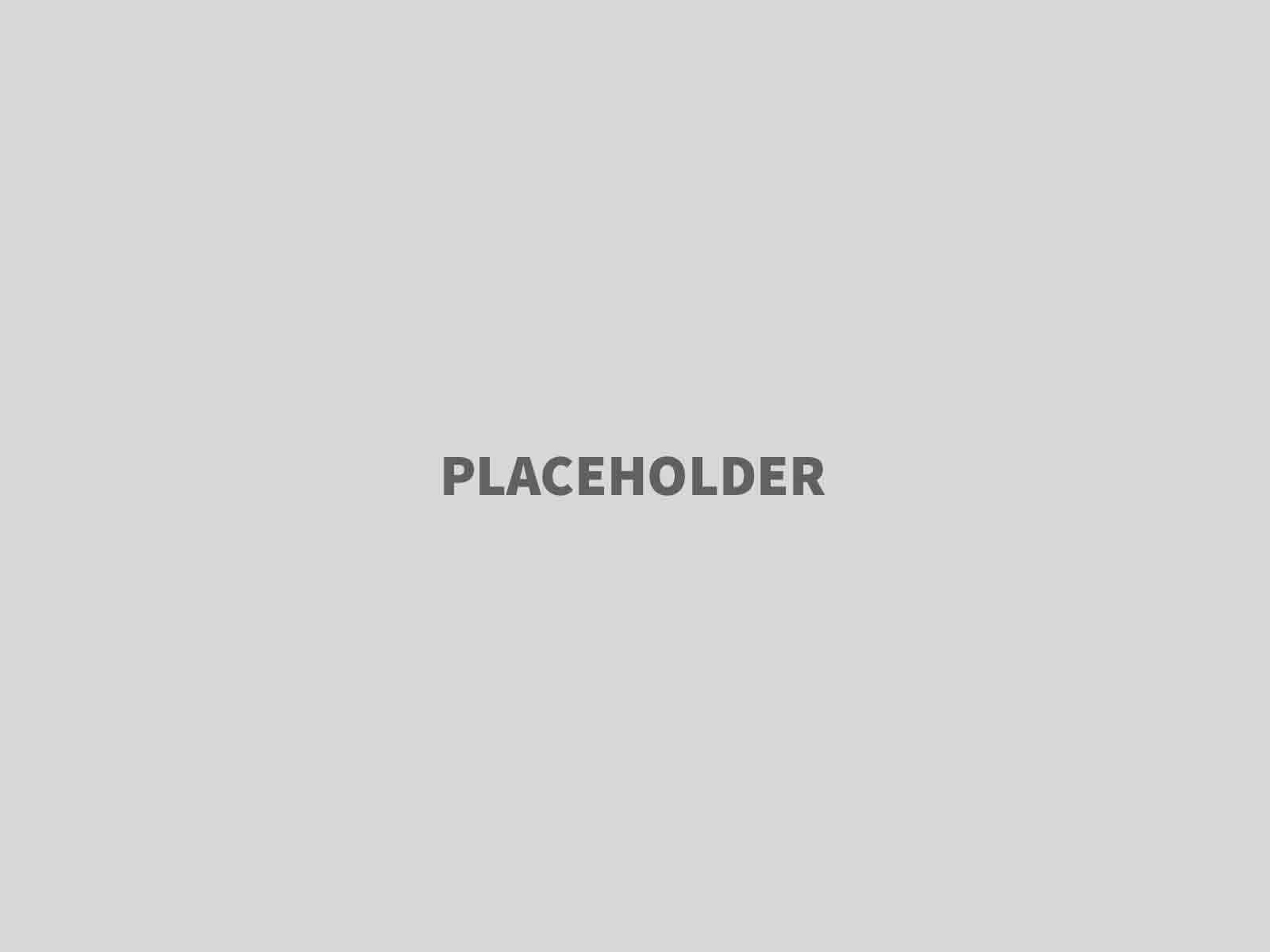Air Toxics – Non-Cancer Risk by Census Tract
Layer displays the modeled non-cancer risk associated with air toxics exposure. A hazard index (HI) of 1 or lower means air toxics are unlikely to cause adverse noncancer health effects over a lifetime of exposure.

